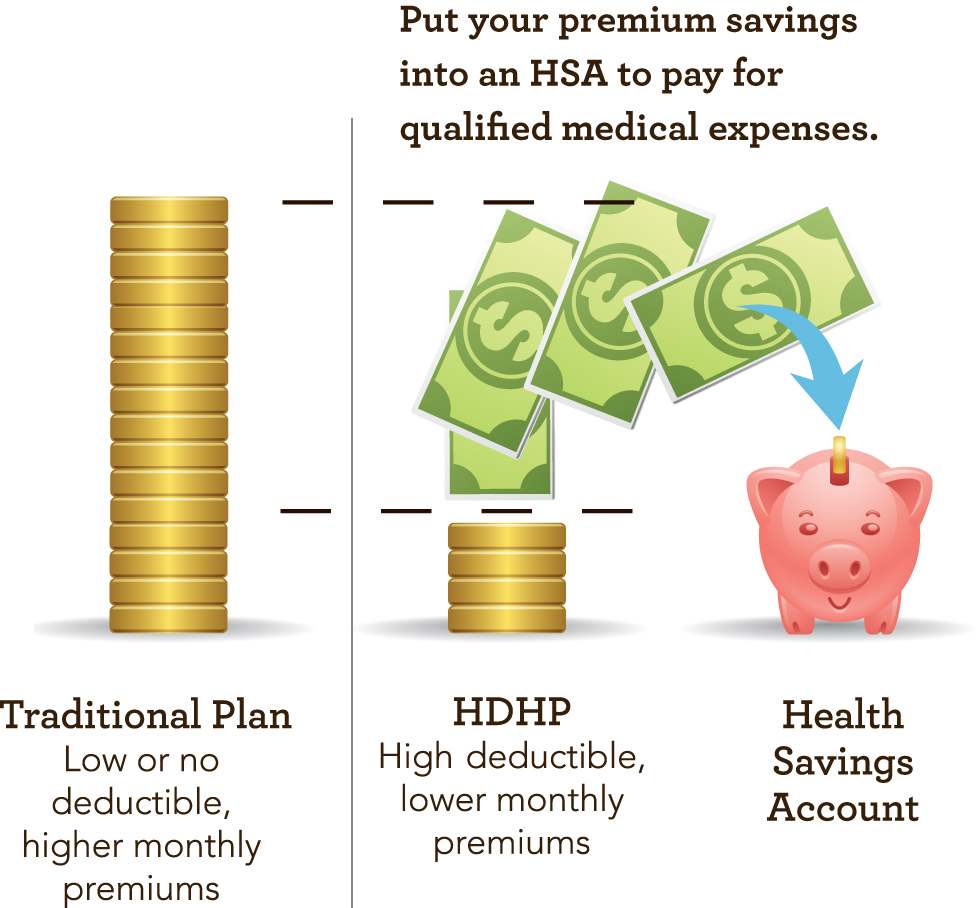As open enrollment season approaches for many companies, employers need to focus on educating employees on the use of health savings accounts (HSAs). Like saving for retirement, there are a lot of unknowns surrounding the topic. Robert Lawton, the Founder and President of Lawton Retirement Plan Consultants recently wrote a piece on four reasons why employees should max out their HSA contributions.

1. HSAs Are Tax-Free (And Triply So)
HSA contributions through payroll are made pre-tax. FICA taxes (Medicare and Social Security taxes) are not withheld from this amount, though state and federal taxes are still applied. The tax-free effect goes further; when balances are used to pay for healthcare expenses, they also come out of the accounts tax-free. Last but not least, earnings on HSA balances are tax-free.
Bottom-line: HSA contributions are triple tax-free investments in health.
2. Unused Balances Roll Over
A common mistake employees make is confusing HSAs with flexible spending accounts (FSAs). Unlike HSAs, FSA balances not used during a particular year might be forfeited, making employees cautious of “saving too much.” However, HSAs unused balances carry over to the next year and can never be forfeited (or at least until the employee passes away).
Bottom-line: The more an employee saves, the more they will have in their account to pay for future healthcare expenses.
3. Retiree Healthcare Expense
Similar to the point mentioned above, any unused dollar amounts in an HSA account can be carried over into retirement and may be used to pay for many routine and non-routine expenses. This includes prescription drugs, medical premiums, COBRA premiums, dental expenses, Medicare premiums, long-term care insurance premiums, co-pays, deductibles, or co-insurance amount.
While in the case of 401(k) and IRA accounts, individuals above 70 1/2 years old might be required to start taking taxable withdrawal (also known as required minimum distributions), HSAs balance withdrawals are not taxed. Hence, HSAs are much more tax-efficient when it comes to paying for healthcare expenses in retirement compared to the alternative of taking a taxable 401(k) or IRA distribution.
Bottom-line: Taking money out of HSAs to pay for medical expenses is better than drawing from a 401(k) or IRA.
4. Contribution Limits
There’s a cap to how much employees (and employers) can contribute to an HSA annually. This amount is $3,450 for individual and $6,900 for a family. For individuals 55 and older, there’s a $1,000 catch-up contribution allowed. With 80% of employers making some contribution to HSAs for their employees, maxing out one’s contribution is doable.
Bottom-line: “Maxing out” HSA contribution is not nearly as much as it sounds with the modest cap on how much you can put in each year.
Contribution Strategy
With these four reasons, Lawton provided a contribution strategy that incorporates HSA and 401(k) accounts for employees.
- Find out the maximum amount of the company match in a 401(k) plan and contribute up to this amount. The match is technically free money and employee should be taking advantage of it.
- Fill up the HSA account using payroll contributions. As mentioned above, the maximum annual contributions are $3,450 for individuals and $6,900 for families.
- If still able to contribute more, employees should then max out their contributions to their 401(k) plans (either to the maximum percentage contribution or the annual limit).
- Finally, if employees still want to contribute more (and are able to), then Roth IRA is a good option for them to consider. Roth IRAs don’t have the 70 1/2 minimum distribution requirements, and account balances may be withdrawn tax-free if certain conditions are met.












